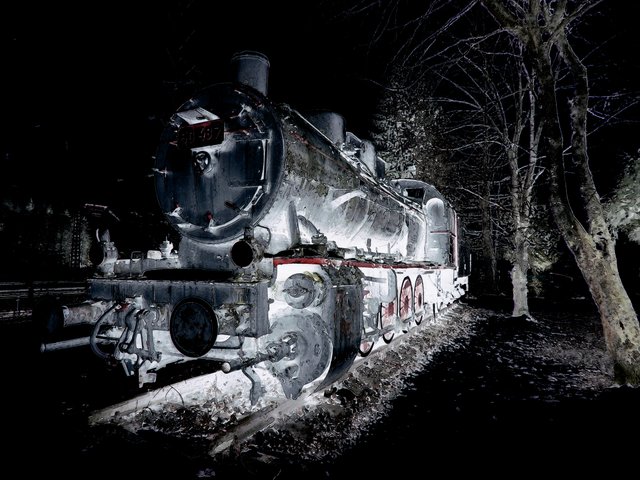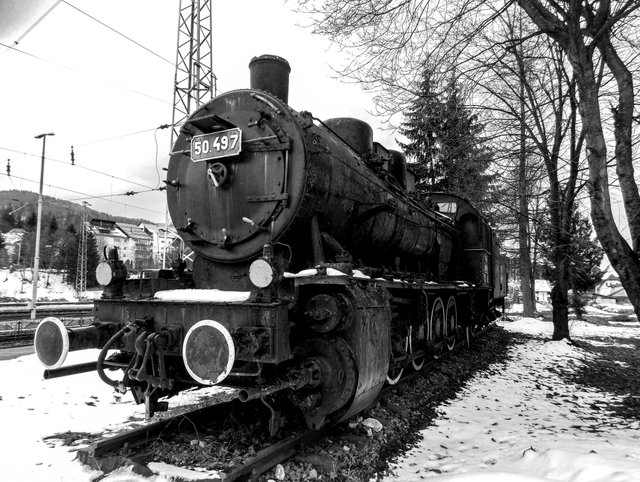A brief history of steam locomotives
Steam locomotives advanced enormously between 1800 and 1930 and had become extremely powerful. In 1804, a Welsh inventor (and mining engineer) named Richard Trevithick did what he did for the history of transportation: he made his first demonstration with a steam locomotive and high-pressure engine that fired five wagons with 10 tons of iron ore, but also 70 people, on a 16 km railway from Wales. The locomotive was called Penydarren (Pen-y-Darren) and covered 16 km in four hours and five minutes, with a top speed of 8 km / h.
George Stephenson's legendary Rocket locomotive reached 48 km / h in 1829, and in 1852, 4-2-0 locomotives built by an English engineer named Crampton could reach 127 km / h. These locomotives were so reliable that they could be used until 1913 and some traveled 2.4 million km in France.

By 1900 steam locomotives had become longer, heavier, but also more powerful, faster and more efficient, and in Britain, the largest railway power of the time, there were several models that could reach 145 km / h at beginning of the 20th century. Moreover, in 1904 a model capable of reaching 161 km / h was built, a locomotive called City of Truro built in the GWR plant in Swindon in the 4-4-0 configuration.
